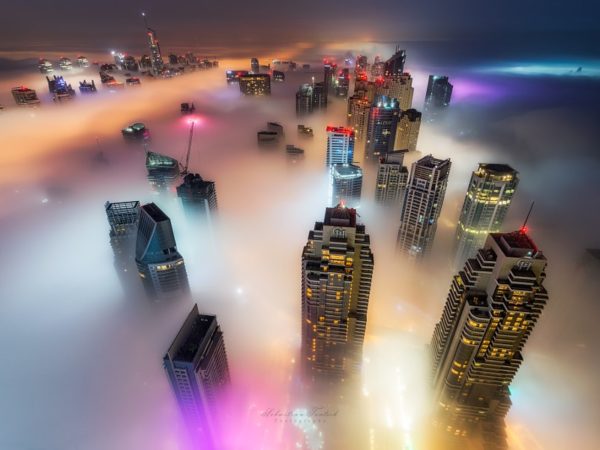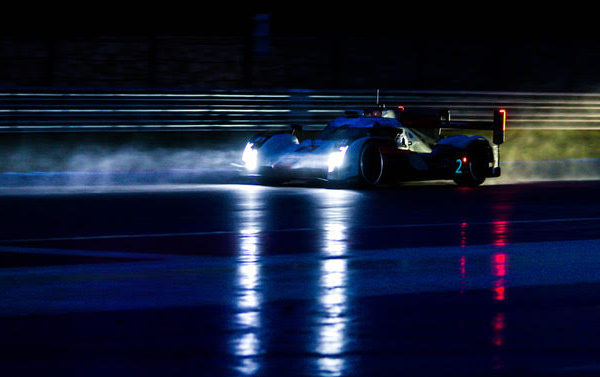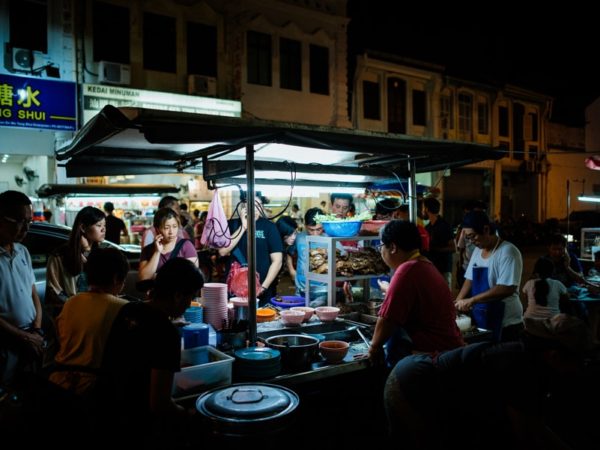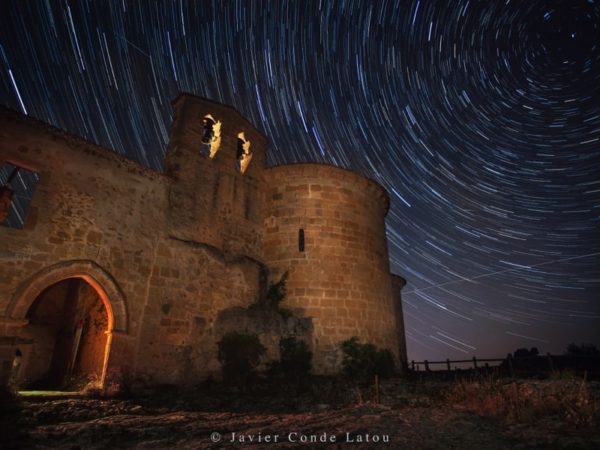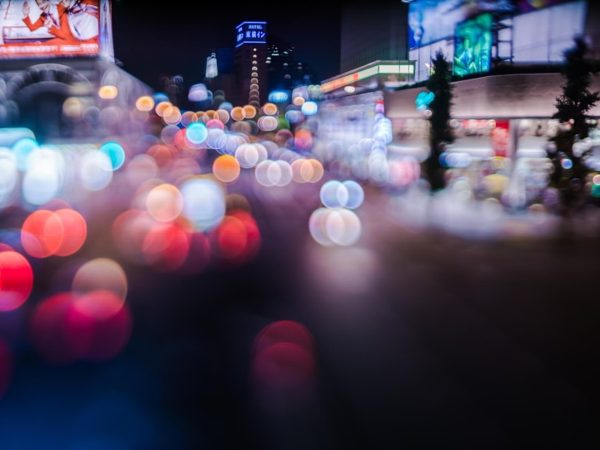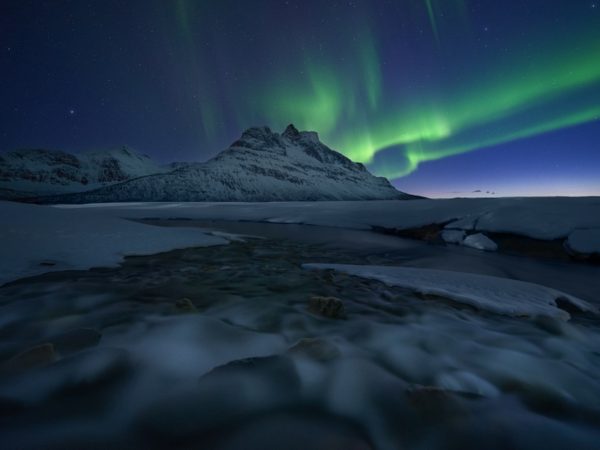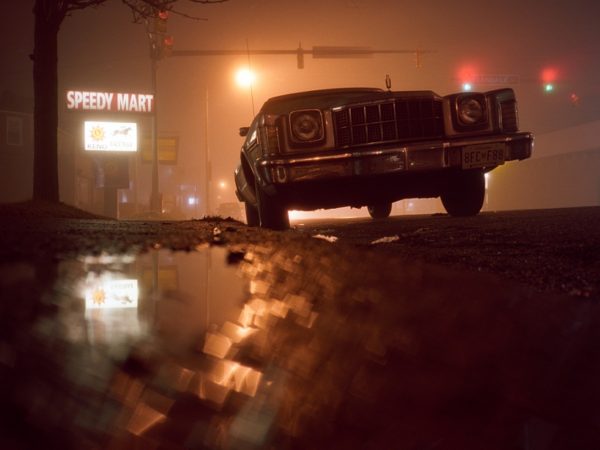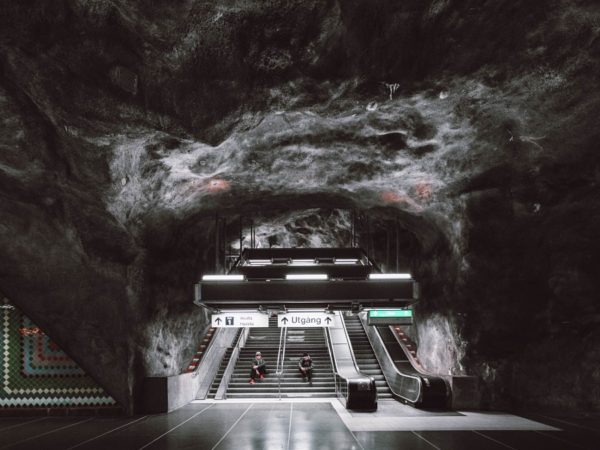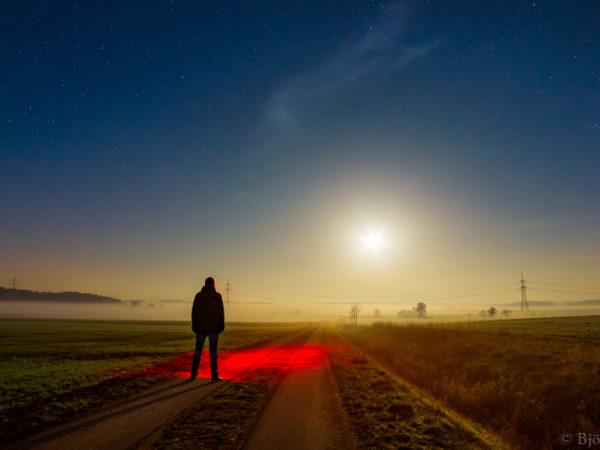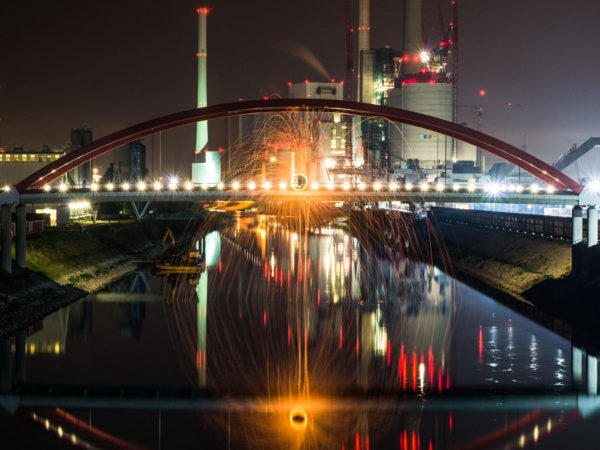Benoît Coeuret is an adventurous photographer from Normandy, France. Benoît has spent significant time in Iceland, and was actually in the middle of packing to leave for Iceland another time during our interview. He has a lot of experience shooting in unique and awe-inspiring conditions, and a very developed outlook on photography. This is definitely one you have to let sink in:
Can you tell me about where you live? Also, how do you like it there?
My name is Benoît Coeuret. I live in Normandy, and it’s my home, the place where I return to, after long trips or just time abroad. This is where I work, as an art teacher. And first of all, I’d like to dedicate this interview to all my students whom I left a few days ago to teach in another middle school. They’ve seen so many of the photographs you’re asking about! 🙂
I grew up close to the beaches where D-Day took place. These magnificent places are loaded with dreadful memories and history, but they’re beautiful still. Long beaches, with long tides, and coast lines that look like those of Australia.
How long have you been taking photos, and how did you get started with photography?
I started photography in 2009. Right after graduating from fine arts school where I was specializing in drawing, painting and lithography, and composing. After working and studying at the same time, I took a break and went to Iceland and bought a second hand Nikon D70 and a Nikkor 28mm lens. I did not know exactly what to do with them in the beginning, but I eventually learned to enjoy them with simplicity. This trip that was supposed to last for a month, ended up lasting more than four years. I’ve had the luck to meet wonderful folks and sensitive hearts. And I am grateful for this, as they also showed me that photography was just another tool, and that an image could tell more than one story.
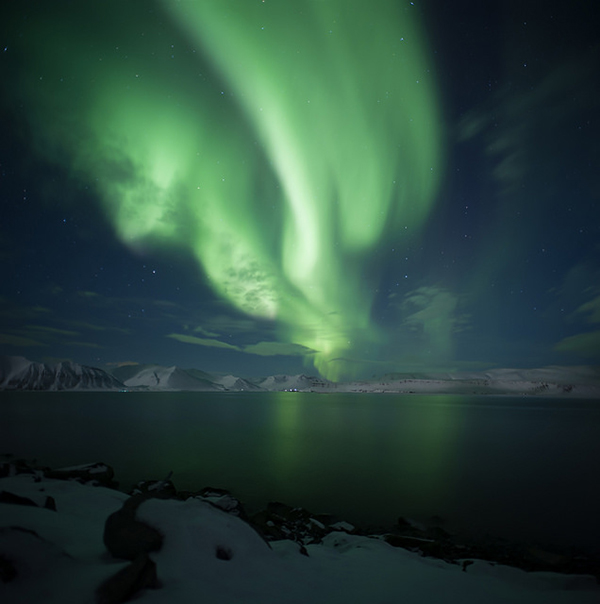
What motivates you to keep doing photography; what do you enjoy most about it?
You know, as you practice and as you rest your practice, things keep on moving. I think I’ve mostly progressed in trying to provide an impression of the reality of space and colors, and a sense of freedom. Something that is resting in every human heart.
What is your photographic style, or what are the meanings, emotions, etc. you try to impart in your photos?
I mainly use nature and its wonders as a relief of my own soul, a sweet projection of my own questionings and desire for life. There are few other feelings, in my opinion, which are stronger than this particular emotion led by complete freedom driven by nature. And walking, hiking. As you walk at your own pace to reach a place where you know you’re going to be seized by the light, your spirit wanders in front of you. This is how I reach my inner peace. The picture is just a remembrance of this movement to be shared. But most of my favorite photographs are invisible, snapshots, people I love or simple street photography.
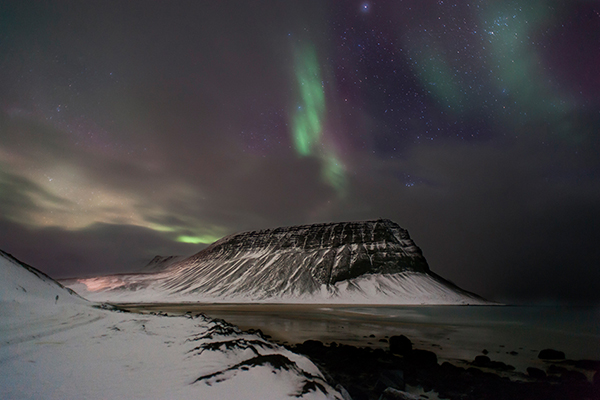
I see that you’ve done a lot of photos of the Aurora Borealis. What attracts you to photographing the Aurora Borealis, and how do you get so many opportunities to do that?
Oh. Well, I guess that generally speaking, night photography is very interesting. I’ve learnt through Da Vinci when I was a teenager, and through the Dutch painters of the XVIIth century, that you cannot find light if you do not find darkness. Auroras are also, in my opinion, something extremely natural, something that arises from the space where we live. And we often forget where we live. I am the kind of man who needs to choose the environment in which I live. To see how small mountains look like when they’re dominated by the sun’s appearance at night or when thunder spreads out beyond their peaks. There is also this ephemeral part that loads my heart with emotions and the amazement of the child. I often show these photos to my young students at school, to see them wonder and make silence. There is still a bit of magic in life.
Finding auroras is not difficult, at least not when you look at the globe from the internet. I’ve not just had an opportunity to shoot auroras. I had decided to live in a new environment, and that’s the environment where they are visible. I first of all sought for space, pure water, kind people who do not know what social violence and brutality are, I went living there to be. And this is where I feel home, you know, exactly like going back to your good old village where you grew up. Marveling calmly. This is where I return when cycles end or start.
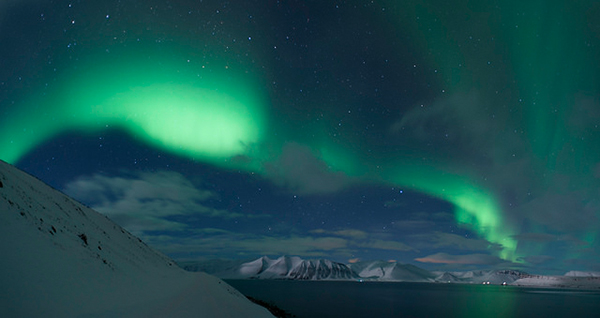
What do you think are the most important things to do in order to get good Aurora Borealis photos?
Ha! That’s a good one. You need gloves, haha! No. You need to go out and shoot. You need to get up north especially in the corridor (as I call it) on the pole. You need good gear for yourself, an excellent camera if possible, and hot tea.
Well, technically, you need a tripod of course, and if possible an astrophotography tripod, in order to compensate for the earth’s rotation during a long exposure. ISO 800 should be enough to obtain good quality, and a shutter speed not longer than 20 seconds, so you can avoid oval-looking stars. I use pro Nikon full frame DSLRs for this.
When you’re shooting in remote locations on cold nights, what do you pack to prepare for the weather conditions, and what can you do to cope with them?
You don’t cope with these kinds of weather conditions; you anticipate. But mostly, you need to be patient and to strictly observe the weather forecast. The temperatures first, but the cloudscape as well, and the wind’s direction and its force. This is essential, it would be shameful to die in a blizzard for a photograph. I’ve been caught once in a blizzard, and let me tell you that it’s strange to be in this beautiful nature and to be unable to breathe suddenly. And hypothermia is a VERY unpleasant thing to experience.
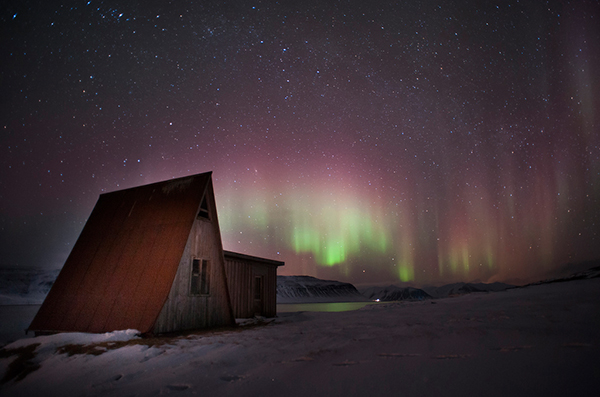
How do you find new places to take photos in; what resources do you use?
Culture! Poetry, press and photography of course. People living in harmony with what’s left of nature. Nature is an ever changing life. It’s like places are finding me somehow. There’s no pattern, that’d be a shame. Light attracts me the most, and I’ve observed that I am happier next to water, lakes or sea. I find the light of Laos and Vietnam in the spring to be beautiful. A beautiful mixture of nature and culture. Something to check out more closely soon I hope 🙂
What’s the next time and place you’re planning to take photos?
Well, I’m actually leaving for Iceland in 24 hours. Hiking for 5 weeks. It’s been a while since I’ve been there in the summer time. Last time, I lost all of my photographs of an arctic fox’s family I stayed with for 3 days. I had broken my ankle on a trek and my memory card broke down suddenly. I want to go back there. And it is said that the Hekla volcano is about to erupt. Nicknamed “The Gate to Hell”, which says a lot about the possible consequences. I will see. But I also do not like to predict how it’s going to be. Nature cooks it all perfectly. I’ll just dive into it again, it’s as simple as that.
See more of Benoît’s work here, and take a peek inside his camera bag here (links open in new tabs).

